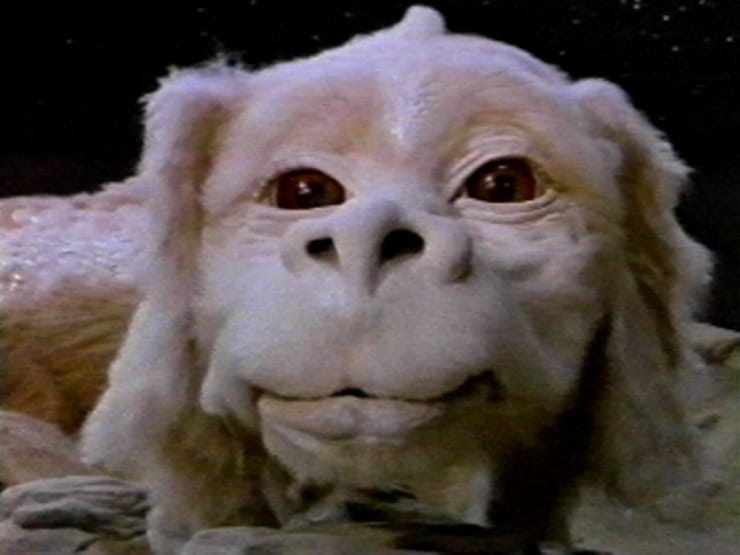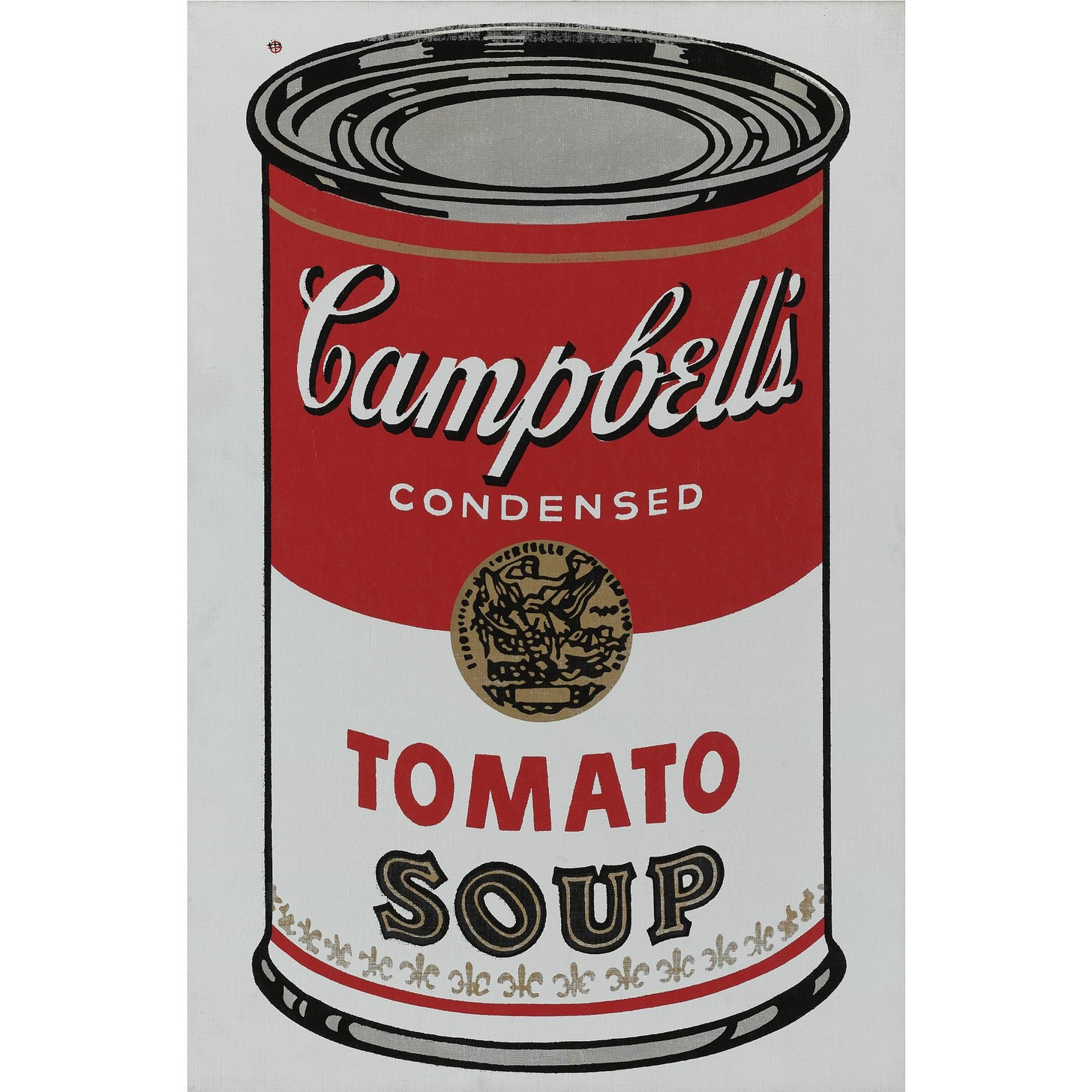
June, 2022
What is the story of the three little pigs? The tale of Luke Skywalker? Holden Caulfield? If you walk into a movie without knowing what it is or who’s in it, and the first scene shows an American cowboy winning a gunfight, how does the rest of the movie proceed? You know the answers to all of these questions.
Stories are the skeletons supporting our understanding of the world. I think we tell stories to children to teach them…stories. They’re already mentally prepared for the structure of stories (I think), and the more they hear and see, the more they incorporate stories into their play. I think our minds are built for stories. The well-known “memory palace” approach to astonishing feats of memory is a way of putting a story around what you’re trying to remember. It’s not much of a story, but entering a building and placing a thought or a memory in a particular room that’s in a particular part of the building — that’s a rudimentary story.
Even in commerce, stories play a huge role. One way to sell a product — maybe the only way (I know very little about sales) — is with a story. The story of the customer once they have the product. Or the story of the product itself. Slogans like “think different,” “the quicker picker upper,” “a diamond is forever,” “the happiest place on earth” work because they’re tiny snippets of stories, and you fill in the details when you hear or read them.
I think we’re always awash in what Salman Rushdie called “the sea of stories.” We swim in that sea, but not the way we really swim — we’re more like fish; we can breathe in the sea of stories. We have to. We’re built that way.
Every Picture Tells a Story…except when it doesn’t

As a writer, and very much a word guy rather than a picture guy, I often take issue with received wisdom like “a picture is worth a thousand words.” It’s not. Words can be immensely more communicative than pictures, and the only time you need a thousand words is when the picture is by a master of that medium, and the writer is decidedly not a master. Pictures certainly have their place; don’t think I’m trying to deny that. There are some pictures that really do communicate more powerfully than any matching words could. That original “blue marble” photo of the earth from the moon, for example. The photo of the Hindenberg zeppelin in flames. The photo from Vietnam of Thich Quang Duc, a buddhist monk, who set himself on fire.
And yet…for every powerful image I’d say there’s a set of words of equal power, and what the words convey is more complex and nuanced then anything in an image.
Then there are images that aren’t trying to be powerful, exactly. They can just be beautiful, in a completely different way than words (which can also be beautiful). Beauty in words is something we learn to recognize and appreciate, but I wonder if it’s the same with pictures. A particular style of beauty can be learned, of course, but maybe there’s some sort of nearly-universal baseline that anyone might appreciate regardless of what they know. There’s the golden ratio, of course (1.618:1). Supposedly when something you see — even a face — comes close to having components in that ratio, it’s more likely to seem beautiful. There’s symmetry too; supposedly humans prefer things — and faces — that are more symmetrical.
So maybe there are unlearned aspects of visual beauty. What could be innately beautiful aspects of words? Maybe their rythym when spoken? And maybe certain kinds of sounds — maybe the ones similar to the noises we make to comfort babies. After all, babies have hardly learned anything, but having dealt with a few of them, I’m pretty sure some sounds work better than others to please them.
Beauty in written words, though, must have to be learned. I think Norman MacLean’s writing in A River Runs Through It is very beautiful indeed, but there are so many things contributing to that, it’s hard to argue that it’s anything like universal. But still, the last lines in the book hit me every time I read them.
“Eventually, all things merge into one, and a river runs through it. The river was cut by the world’s great flood and runs over rocks from the basement of time. On some of the rocks are timeless raindrops. Under the rocks are the words, and some of the words are theirs.
I am haunted by waters.”
